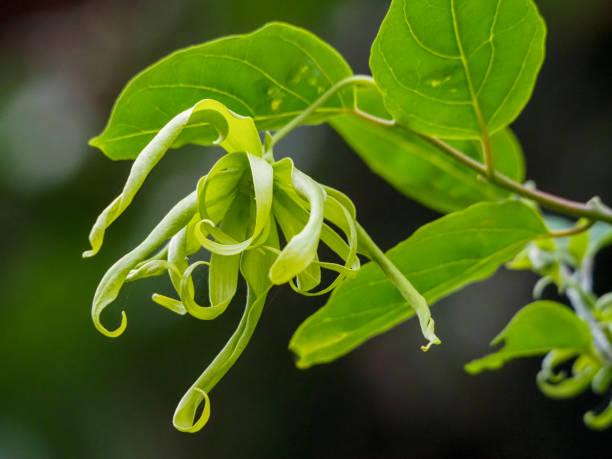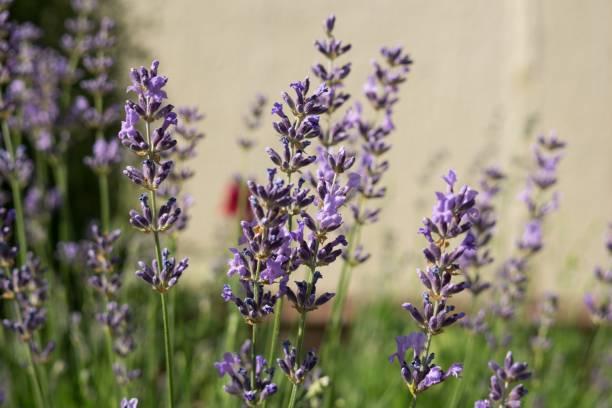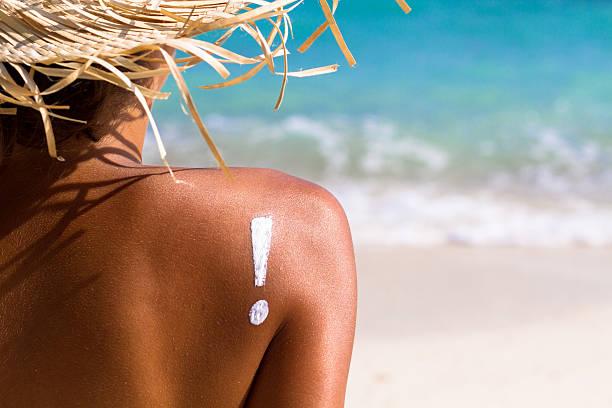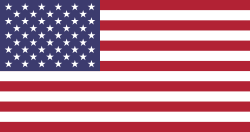When summer arrives, everyone dreams of a quick tan to replace winter's pale complexion complexion with pretty golden skin. But the sun isn't without its dangers and the risk of a rosy, even burnt complexion at the start of exposure is not negligible. is not negligible. So it's always important to prepare your skin before summer.
How do I get a beautiful tan?
To tanning, you need supple, moisturized skin with a minimum of imperfections, as sun exposure tends to thicken and dry out the skin imperfections are then likely to be amplified. Certain essential are ideal for preparing the skin for exposure to the sun such asylang-ylang. Even if your skin is well prepared for tanning, be sure to use use an appropriate sunscreen and avoid overexposure.
The It is also essential to treat the skin after exposure, in order to to repair skin that has been damaged by UV rays, and to limit any imperfections such as brown spots. By taking good care of your skin, essential oils can also help you to prolong your tan. Everyone's dream at the end of the vacations. To achieve this, essential oils ofTea tree and lavenders aspic proven proven.
Which essential oils are the most effective for tanning?
Ylang-ylang oil for the skin
Ylang-ylang essential oil of ylang-ylang is obtained after 10 to 20 hours of distillation of the flower of Cananga Odorata, a tree originally found in the Indo-Pacific region.
Once planted as an ornamental tree in Madagascar, it is now favored used to produce a range of different grades of essential oil, also for the perfume and cosmetics industries. and cosmetics industries.
To prepare your skin for tanning, essence ofylang-ylang
will stimulate skin regeneration, helping your skin to tan properly.
your skin to tan properly.

How do I use it?
- In a tablespoon of oily macerate of carrotadd 2 drops of ylang-ylang essence.
- Apply to skin two hours before exposure. The beta-carotene contained in carrot oily macerate complements the action of ylang-ylang essential oil.
Cautions : At too high a concentration, this essence may cause headaches or nausea. For oral use, the advice of a therapist is required.
Note that ylang-ylang essential oil contains a large number of allergens, some of which are also the active molecules (linalool, benzyl benzoate, geraniol, farnesol, benzyl salicylate, eugenol, benzyl alcohol, isoeugenol).
Also irritating to the skin, it must be used diluted, and it's always best to test in the crook of the elbow before regular use.
Contraindications: Ylang-ylang essential oil is not suitable for pregnant women under 3 months, nursing mothers or children under 3 years of age, unless authorized.
Tea tree essential oil for sun exposure

Tea tree oil (Melaleuca alternifolia), also known as tea tree oil, thanks to its purifying properties, is perfect for skin with imperfections, reducing the pimples and microcysts that can develop after sun exposure.
How to use tea tree essential oil?
- Cutaneous route: place 1 drop of tea tree essential oil on a cotton bud.
- On washed skin, apply to each pimple or blemish until it disappears.
A break is necessary after 3 weeks of use.
Precautions: Do not exceed the recommended dosage, as tea tree essential oil may cause temporary confusion and loss of motor coordination. Generally speaking, this essential oil should not be used by anyone with asthma or epilepsy without the advice of a specialist. Tea tree oil also has a cortison-like action.
It's important to keep tea tree oil away from light, as light rays degrade essential oils, particularly tea tree oil, which can become irritating to the skin.
This essential oil contains several allergens (limonene, linalool, + geraniol), so it's best to do an elbow test before regular use.
Contraindications: Tea tree oil is not recommended for pregnant women in their first trimester, or for nursing mothers. It is not suitable for children under 3 years of age.
Lavender aspic essential oil
The essence of lavender aspic is related to that of true lavender, but has a rather different chemotype, notably cineole and camphor.
Rarely used for perfume, it has interesting properties for soothing and regenerating the skin in the event of sunburn.
It also purifies and purifies exposed skin, reducing the risk of acne rebound.

How do I use it?
- Cutaneous application: if it can be used undiluted on small areas of skin after sun exposure, dilute 20% in a vegetable oil (millepertuis, oily macerate of carrot) to spread over the entire heated area.
- Use up to 3 times a day, until improved.
Precautions : if you suffer from asthma, seek specialist advice.
This essential oil contains several allergens (limonene, linalool, citronnellol, geraniol, coumarin, eugenol), so it's best to do an elbow test before regular use.
Contraindications : this essence may cause drug interactions. It is not recommended for pregnant and breastfeeding women, children under 7 years of age, or people suffering from epilepsy.
Combining essential oils to soothe sunburn

In case of sunburn, use this synergy to replace your burnt skin with a beautiful tanned complexion:
- 30 drops ofrose geranium oil for rapid healing.
- 30 drops essence of lavender aspic.
- 2 ml (40 drops)apricot kernel vegetable oil.
- 4 ml (80 drops) of calendula oily macerate.
Place 2 to 8 drops of this mixture on the sunburned area. Massage until absorbed, 3 times a day, until improvement.
Rose geranium essential oil contains several allergens (citronnellol, geraniol, linalool, geranial, limonene). It's always a good idea to test the oil in the crook of the elbow before using it regularly.
Not suitable for children under 3, pregnant women under 3 months, or nursing mothers.



